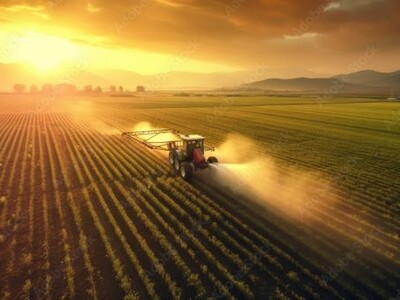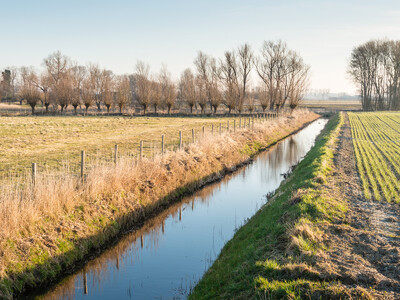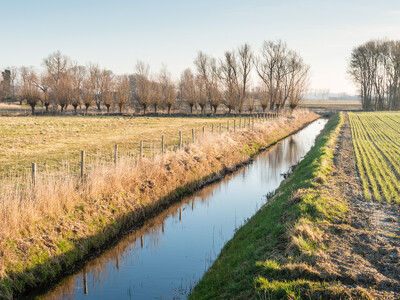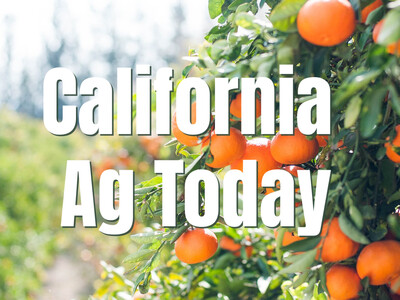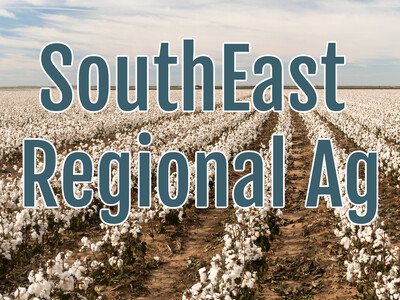Record Setting Ag Year
Record Setting Ag Year. I’m Greg Martin with today’s Line On Agriculture.
Oregon farmers, ranchers, and fishers enjoyed a record setting year in 2011 according to newly released statistics that show 34 of the state's 36 counties increasing agricultural sales last year. The numbers speak for themselves, says land use specialist Jim Johnson of the Oregon Department of Agriculture.
JOHNSON: Agriculture in Oregon in 2011 hit an all time high, almost $5.2 billion in sales. That's up a little over 19 percent. What other aspect of the state's economy or, for that matter, the nation's economy can say they did that in 2011?
Newly released statistics from Oregon State University show that agriculture and fisheries rebounded quite well after some down years during the recession.
JOHNSON: Agriculture across the board- east, west, valley, urban, rural- they all did well. It wasn't a focused area in one part of the state like we've had in the past.
On a county level, agriculture remains an important economic contributor. Marion County is still Oregon's number one at more than 616 million dollars in ag sales last year. But two eastern Oregon counties are solidly next in line. Both Umatilla and Morrow counties saw big jumps in sales due to cattle, wheat, and irrigated agriculture. Clackamas and Malheur round out the top five ag counties. In all, 31 of 36 counties recorded double digit growth in ag sales in 2011. Johnson says there is a new leader in terms of commodities when it comes to agricultural sales in Oregon.
JOHNSON: Nursery and greenhouse has been number one for 13 or 14 years and they still play a powerful role in Oregon agriculture. But they are now number two. Cattle and calves are number one.
Johnson says nearly all of Oregon agriculture enjoyed a strong year in 2011, some more than others.
JOHNSON: In the past, we've always been quoted as saying when one crop is down, another is up and it kind of keeps Oregon agriculture going. I think in 2011, most all the crops were up. The diversity really paid off for everybody this time.
That’s today’s Line On Agriculture. I’m Greg Martin on the Ag Information Network.





